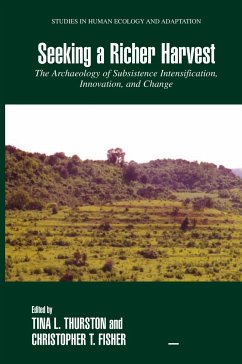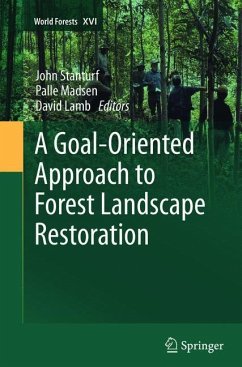Subsistence intensification, innovation and change have long figured prominently in explanations for the development of social complexity among foragers and horticulturalists, and the rise of chiefly societies and archaic states, yet there is considerable debate over the actual mechanisms that promote these processes. Traditional approaches to the "intensification question" emphasize population pressure, climate change, bureaucratic management, or even land degradation as prerequisites for the onset of new or changing strategies, or the construction and maintenance of agricultural landscapes. Most often these factors are modeled as external forces outside the realm of human decision-making, but recent archaeological research presents an alternative to this suggesting that subsistence intensification is the result of human driven strategies for power, prestige and status stemming from internal conditions within a group. When responding to environmental adversity, human groups were less frequently the victims, as they have been repeatedly portrayed. Instead human groups were often vigorous actors, responding with resilience, ingenuity, and planning, to flourish or survive within dynamic and sometimes unpredictable social and natural milieux.








